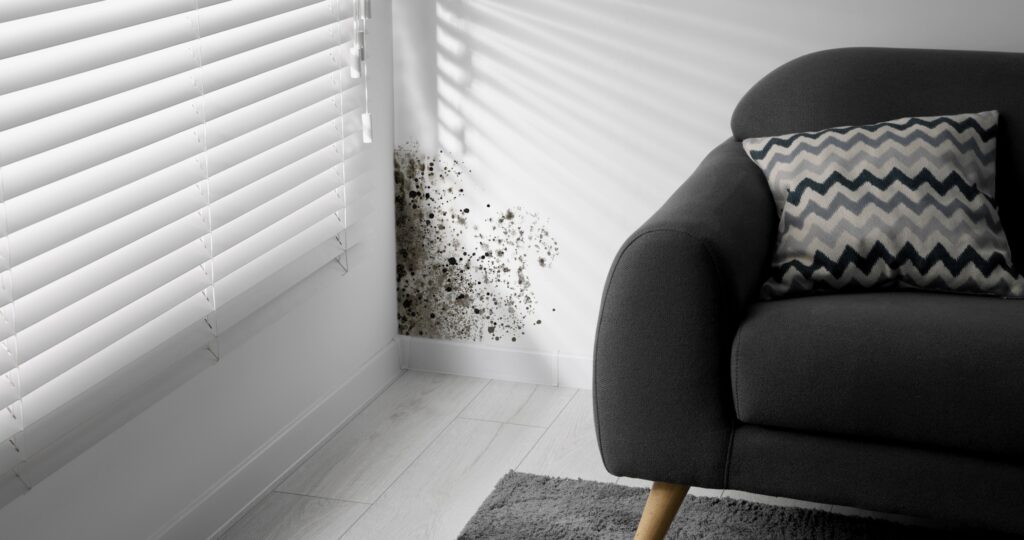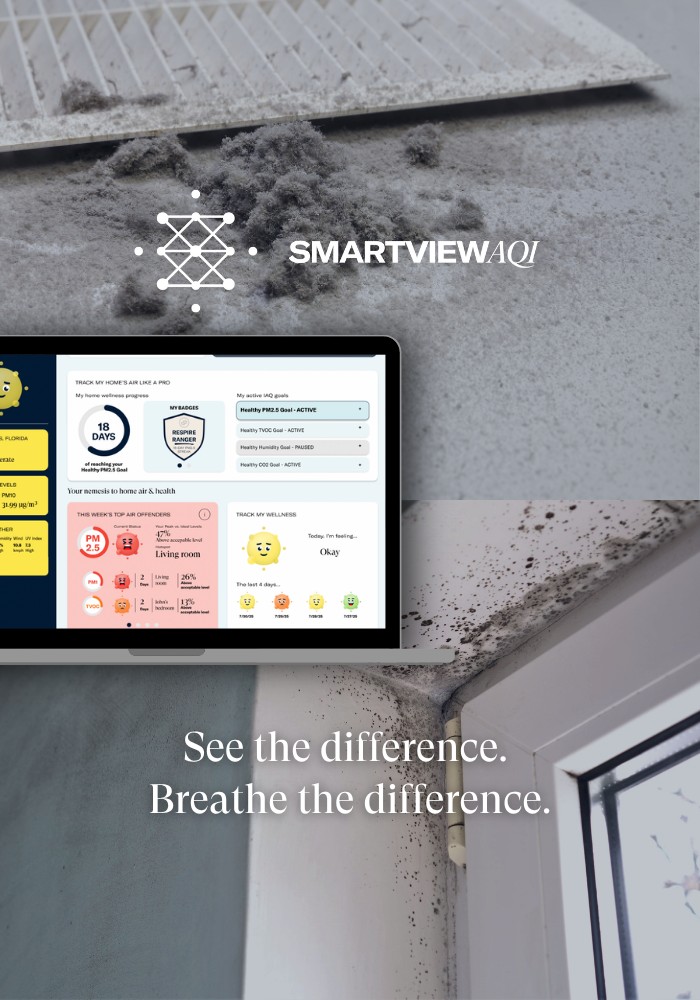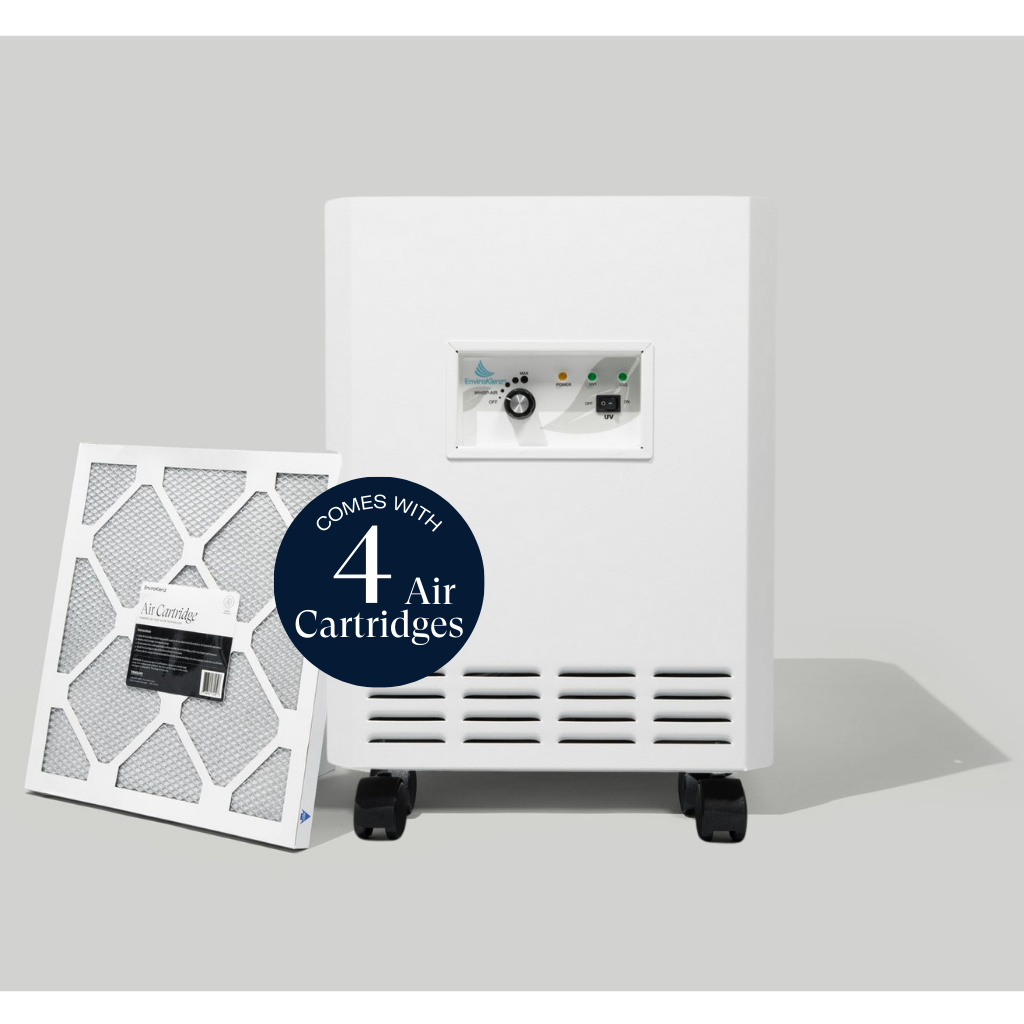If you’re like most homeowners, you take your family’s health very seriously. Besides, you want to ensure your building is in good condition to prevent costly repairs.
One way to do this is to identify harmful fungi, like black mold, that can cause potential health and property damage.
But how can you tell if what you’re looking at on your surface is black mold or mere dust?
This article serves up answers, so keep reading as we compare black mold vs dust to help you differentiate between the two.
Black Mold vs Dust: 5 Major Differences
To the untrained eye, dust and mold look alike. Although continuous exposure to either one can lead to health problems, black mold produces toxins, which can make some people very sick.
Here are a few ways to tell if the dark-colored powder-like substance in your home is mold or dust.
1. Smell
One of the early signs of mold is an unpleasant damp and musty smell, which grows stronger over time. You’ll recognize this odor if you’ve ever been in an old, damp basement – often called the musty basement smell.
The microbial volatile organic compounds (mVOCs) given off by mold during metabolism is responsible for the stale or musty odor associated with the fungi.
Check out this post to learn more about mold problem and smell.
Dust, on the other hand, may or may not have a pungent smell. However, it is usually dry and powdery and smells somewhat earthy in most cases.
It is important to point out that the odor will depend on the various particles that make up the dust particles.
2. Color
Stachybotrys chartarum (or black mold) appears black but is actually greenish-black with a bright appearance. When black mold dries out, its appearance becomes more powdery.
Conversely, dust has no particular color. However, it can appear grayish or a mixture of brown and orange.
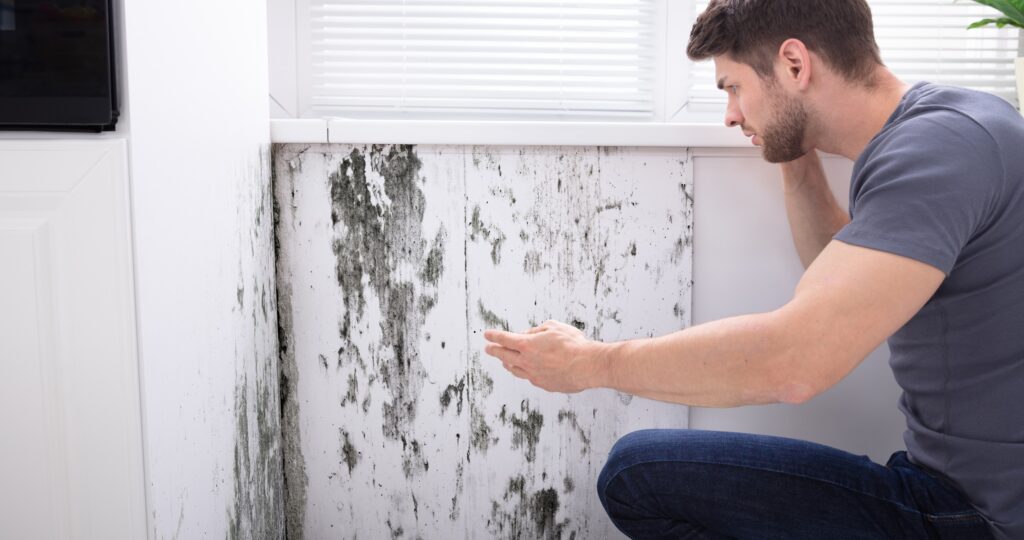
3. Stickiness
Dust easily comes off when you wipe the surface it rests on, and that’s because it is not attached to the surface.
But that’s not the case with mold species.
Mold sticks to the surface it grows on, whether black mold or other species. And because the fungi usually attach to where they grow, getting mold off requires a bit of elbow grease.
4. Location
Mold thrives in damp places around the home and will continue to spread as long as the environment is conducive. You are more likely to see signs of mold infestation in bathrooms, under sinks, kitchens, basements, and other areas in the home with high moisture and little or no sunlight.
Dust can settle on all types of surfaces and is found in just about any place in the home, including dry, wet, lit, and dark areas.
5. Reaction to Bleach
One of the clearest ways to identify mold vs dust is by using the bleach test. Here’s how to do this simple test:
- Use a cotton swap to dab a few drops of bleach onto the affected area
- Wait for a few minutes while observing the reaction
You are looking at visible mold if you notice any change in appearance. If there is no reaction whatsoever, what you have is most likely dust because dust does not react with bleach.
Remember that cleaning the affected area with bleach will only remove dust. While common mold reacts to bleach, the cleaning agent doesn’t remove it and is not an effective mold remediation method.
It is tricky to completely remove mold spores from surfaces even after scrubbing them clean. To make things worse, you may end up dispersing mold spores into the air in an attempt to remove them on your own.
Mold and Dust Prevention Tips
The following are ways to prevent mold and dust pollution in your home:
- Control moisture levels in your home with dehumidifiers, paying closer attention to moisture-prone rooms like boiler rooms and bathrooms. Keeping your home reasonably dry is the most inexpensive way to prevent mold growth and improve indoor air quality.
- Make sure your home is properly ventilated by opening windows to air out rooms, turning on fans to increase air circulation, or using air purifiers to clean the air throughout your home.
- Wipe down surfaces with clean rags and non-toxic cleaning agents. Regular cleaning is the key to preventing dust.
- In addition to regular cleaning, keep clothes, books, and other items that easily collect dust in wardrobes, cabinets, and appropriate containers.
- Remember to replace HVAC filters every few months (or as often as the manufacturer recommends). For better dust and allergen filtration results, consider using HEPA filters in your HVAC system.
Air Vents with Black Mold vs. Dust: How to Measure and Prevent
One of the most common places for mold growth is inside air vents, where moisture, dust, and poor airflow create the perfect environment for spores to thrive. Identifying whether you’re dealing with black mold or dust buildup is essential to maintaining healthy indoor air quality. Both can impact your health, but mold spores release harmful VOCs that require effective neutralization.
The EnviroKlenz HVAC Filter offers a powerful solution, using our patented neutralization technology to capture mold particles, allergens, and VOCs circulating through your vents and eliminate them for good. Installing these filters helps prevent the recirculation of pollutants, ensuring your home stays fresh and safe.
Bonus Tip: Take control of your air quality by using an indoor air quality monitor that tracks particulate matter and VOC levels in real-time. The EnviroKlenz SMART Science™ ECO Kit provides these insights, helping you identify air quality issues early and take action before they escalate.
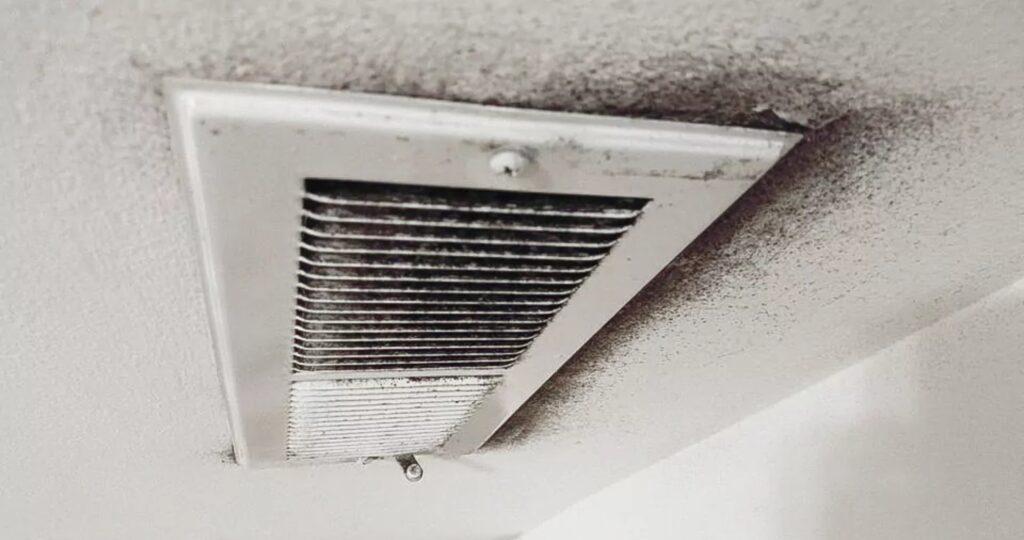
Tackling Poor Indoor Air Quality (IAQ)
Identifying the characteristics of mold vs dust is great, but they have one thing in common, irrespective of all their differences: they are among the common indoor air pollutants.
Here’s what it comes down to:
Both mold and dust particles can cause a health problem or trigger an allergic reaction, especially in sensitive individuals, people with compromised immune systems, and those with asthma or other respiratory issues.
For this reason, it is important to know how to effectively remove mold infestation and dust, regardless of which one is present in your home.
Keeping your doors and windows shut all day to prevent dust is rather impractical. And no matter how hard you try, it is nearly impossible to prevent mold growth because you can’t completely avoid moisture in your home.
However, you can use indoor air quality solutions like the EnviroKlenz Air System or the EnviroKlenz Air System Plus to improve the air in your home.
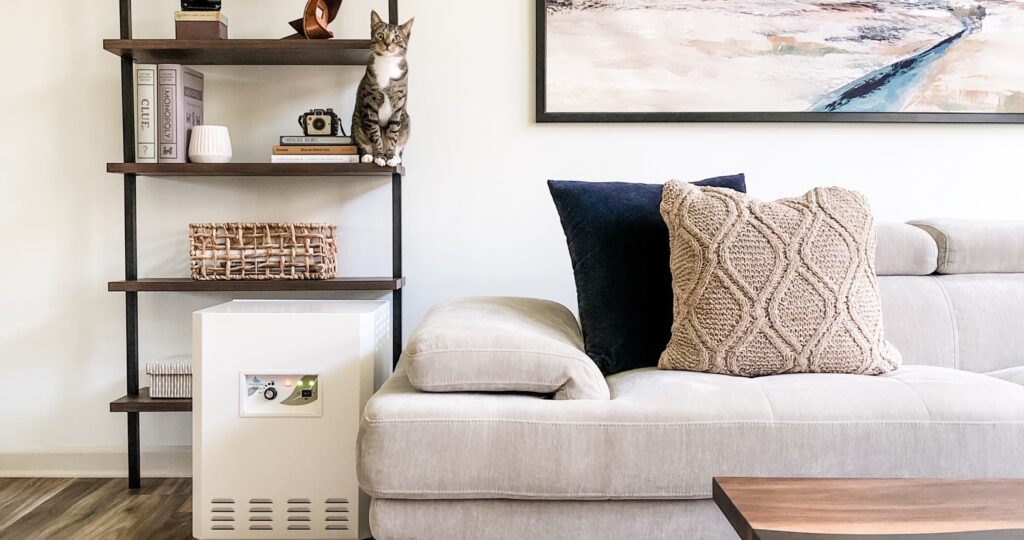
These portable air purifiers are built to provide premium air purification in indoor environments. They feature medical-grade H13 HEPA filters to capture and destroy mold spores, dust particles, dander, pollen, allergy triggers, and other particles in the air.
Consider installing one or more air purifiers in your home to forestall health problems and keep your family safe.
Want to learn more about testing and improving in your home? Read our straightforward guide here. It also never hurts to have a professional come in and do a mold inspection to ensure you find the right method for effective mold removal.
EnviroKlenz® Medical Disclaimer:
“Any information that is provided on this website is not for the use by any commercial or personal entity without expressed written consent of the blog author. The material and statements illustrated within this blog are not intended to diagnose, treat, cure, or prevent any diseases or medical conditions. Nor does the author in any way guarantee or validate the validity, totality, or efficacy of any claims and will therefore not be held responsible for the content of any claims. Always consult your medical physician for any specific medical advice or recommendations.”








